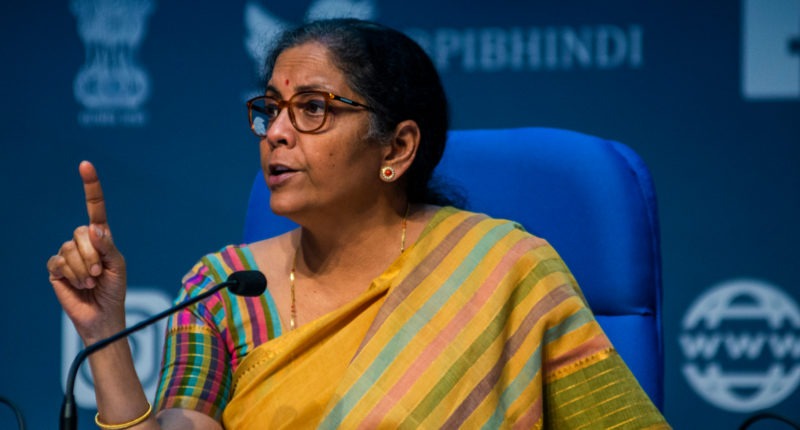The Union FM, Smt. Nirmala Sitharaman presented the Economic Survey 2022 before the Lok Sabha at around 12:40 p.m. today, the 31st of January 2022. Later the session was adjourned till tomorrow.
The government will subsequently make the Economic Survey after the Union FM Nirmala Sitharaman tables it before the Rajya Sabha. Following the FM’s address, the newly appointed Chief Economic Advisor (CEA), V Anantha Nageswaran, will address the press at 3:45 p.m. today.
Economic Survey illustrates the state of the economy and recommends policy prescriptions. It comes a day before her Union Budget 2022 presentation on Tuesday, the 1st of February 2022. The FM’s address happened soon after the President of India, Shri Ram Nath Kovind, addressed both the Houses of Parliament.
The Gross Domestic Product (GDP) growth is projected at 8-8.5% for the upcoming financial year 2022-23, while the growth for FY2022 was 9.2%. Regardless, the Economic Survey usually misses on the GDP forecasted.
The Economic Survey highlights that the agricultural sector growth was at 3.9%, while the industrial sector growth was at 11.8% in FY2022. In comparison, the services sector saw a growth of 8.2%.
The Survey states that the government has adequate fiscal space for extra support if a need arises. Growth will be possible with the fiscal space available to increase capital spending.
It further highlights that the drivers for economic growth during the next fiscal year are vaccine coverage, exports and capital expenditure. It highlights that private consumption is balanced to witness a stronger recovery due to these drivers. Furthermore, India must be cautious of imported inflation. The financial system is better positioned, and the banking system is well capitalised to support the economy’s revival.
The count of newly recognised start-ups increased to more than 14,000 in 2021-22 from only 733 in 2016-17. Thus, India is now the third-largest start-up ecosystem globally after the United States and China.
The new PSU policy re-affirms the government commitment to privatisation. The Economic Survey points out that most elements of the Index of Industrial Production have rebounded to the pre-lockdown levels.
Further, the survey highlights that robust economic growth and balanced revenue will help achieve the mid-term fiscal goals. The increased emphasis on supply-oriented reforms is a distinguishing response feature of India. These include process simplification, deregulation of a few sectors and removing legacy issues.
It also highlighted that the ongoing global liquidity tightening and commodity volatility pose some downside risks as a challenge for FY2023.
For any clarifications/feedback on the topic, please contact the writer at annapoorna.m@cleartax.in
Annapoorna, popularly known as Anna, is an aspiring Chartered Accountant with a flair for GST. She spends most of her day Singing hymns to the tune of jee-es-tee! Well, not most of her day, just now and then.





